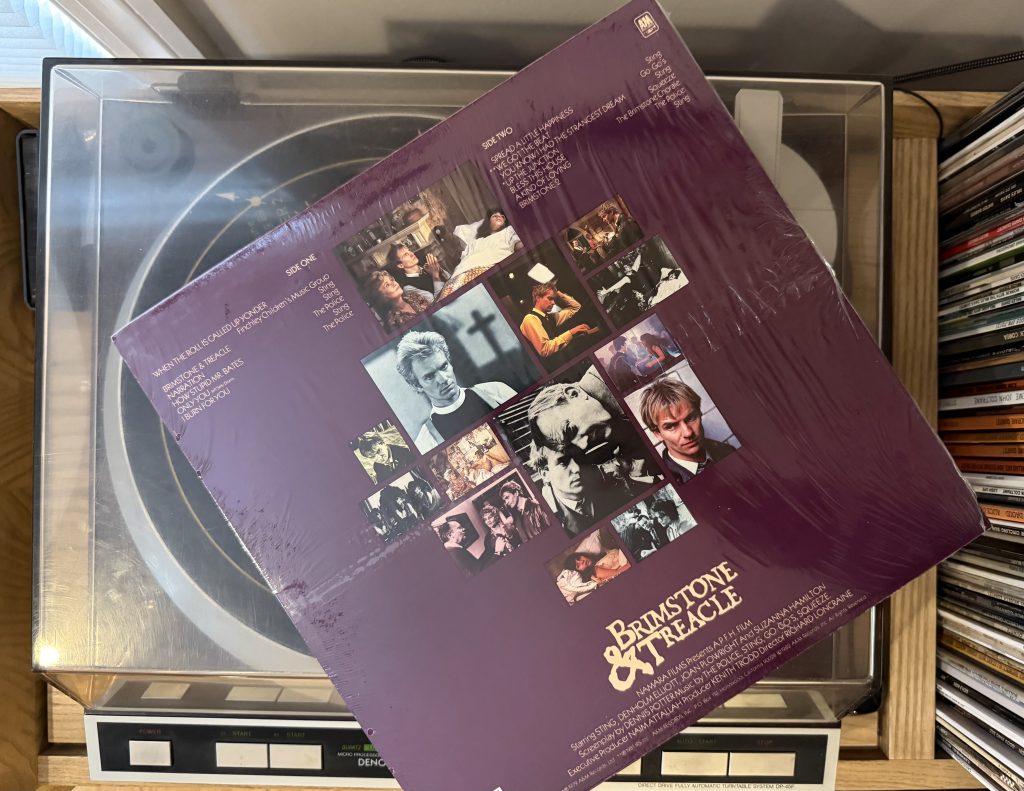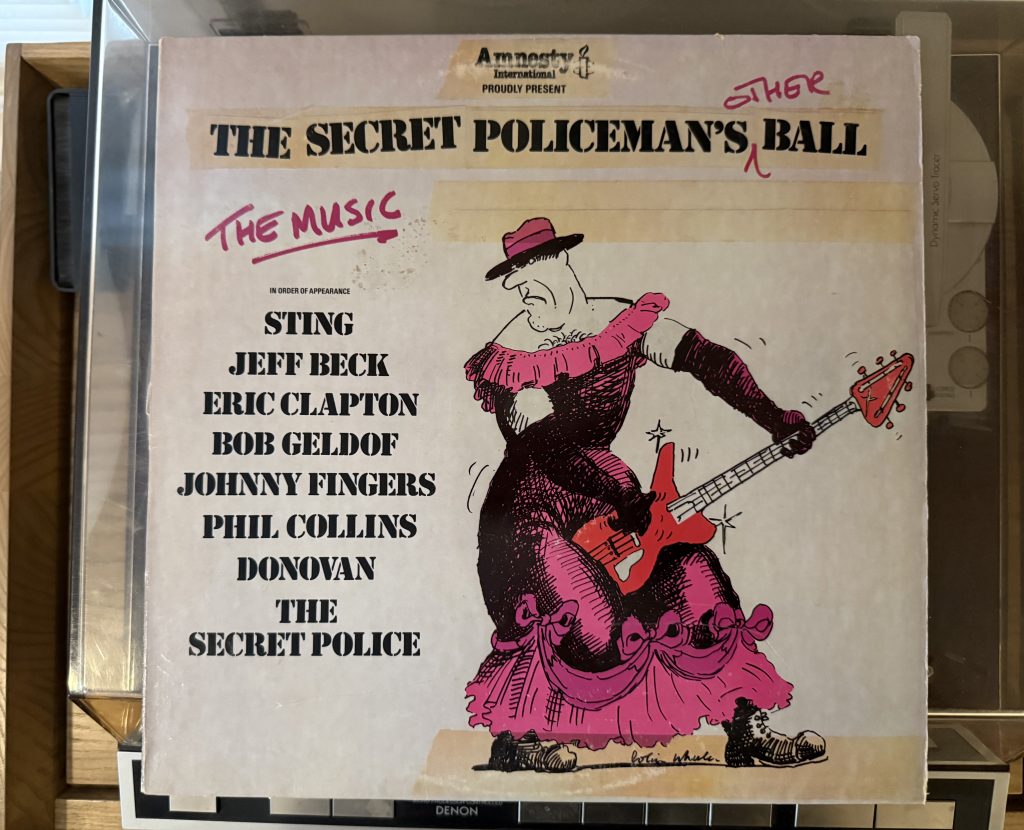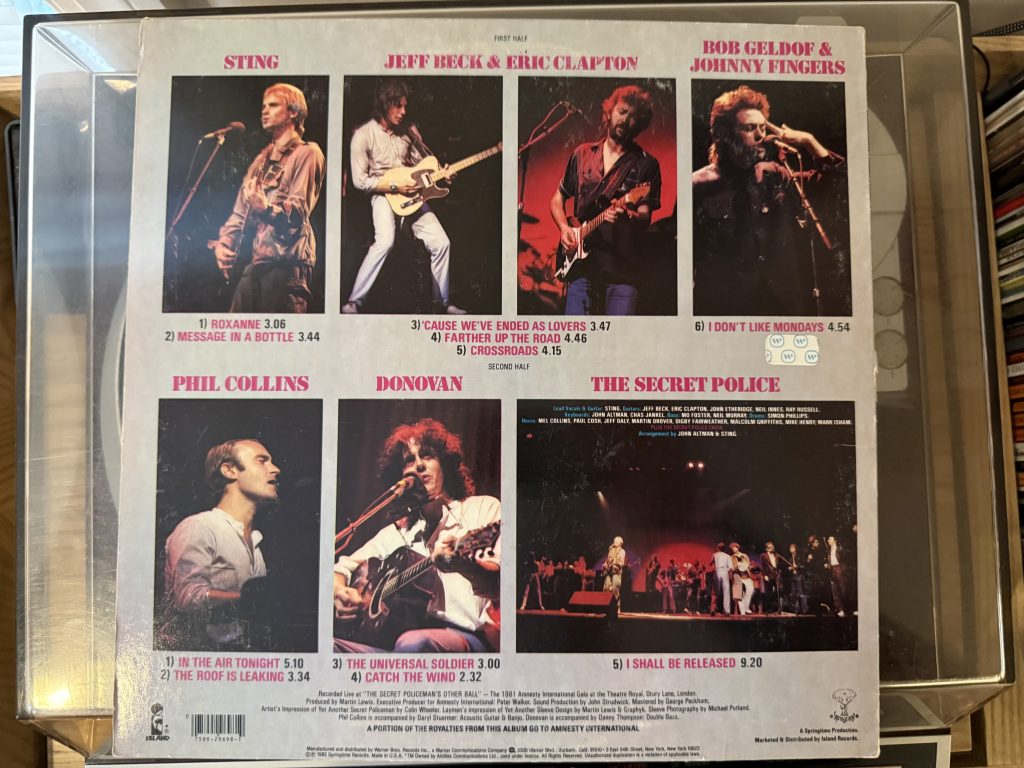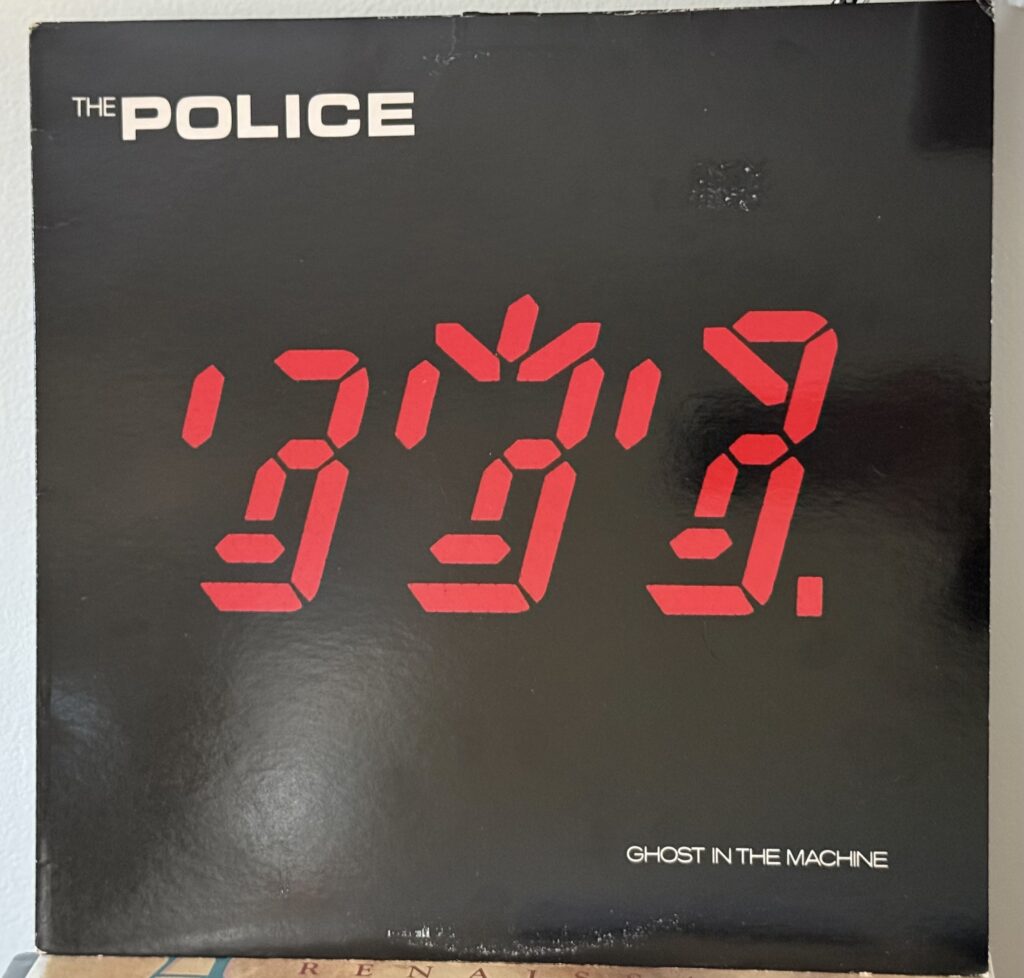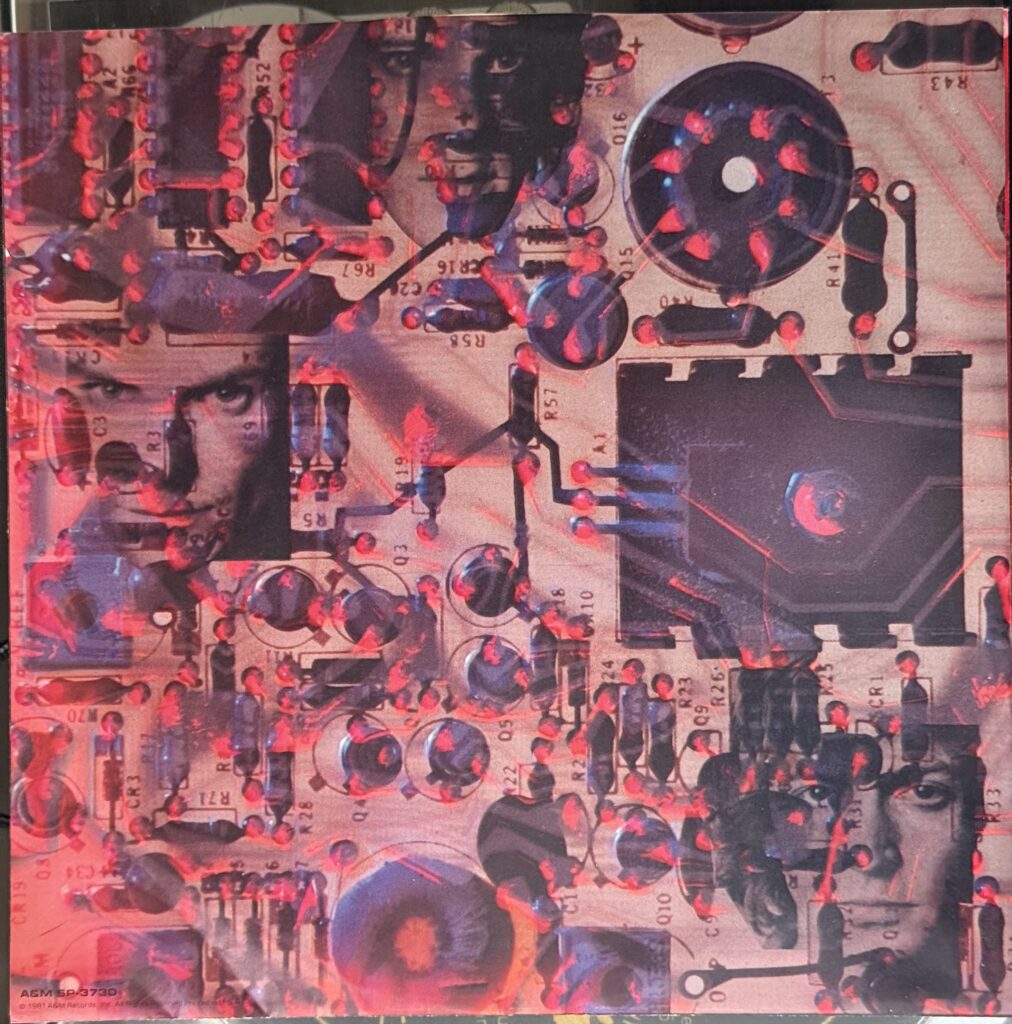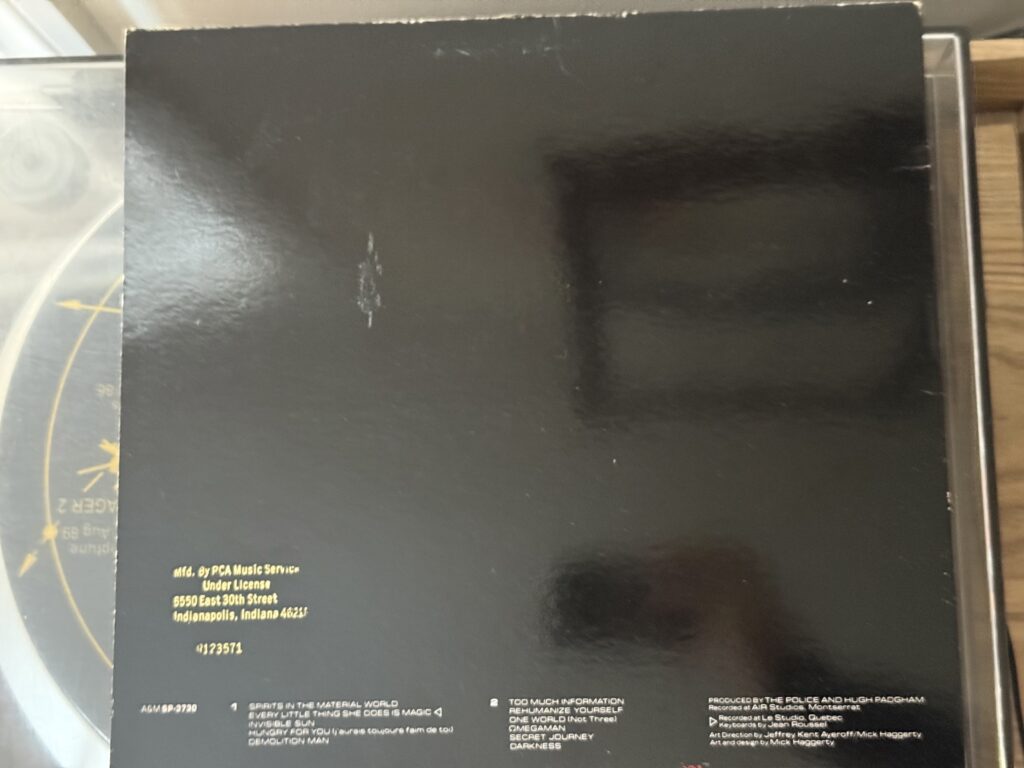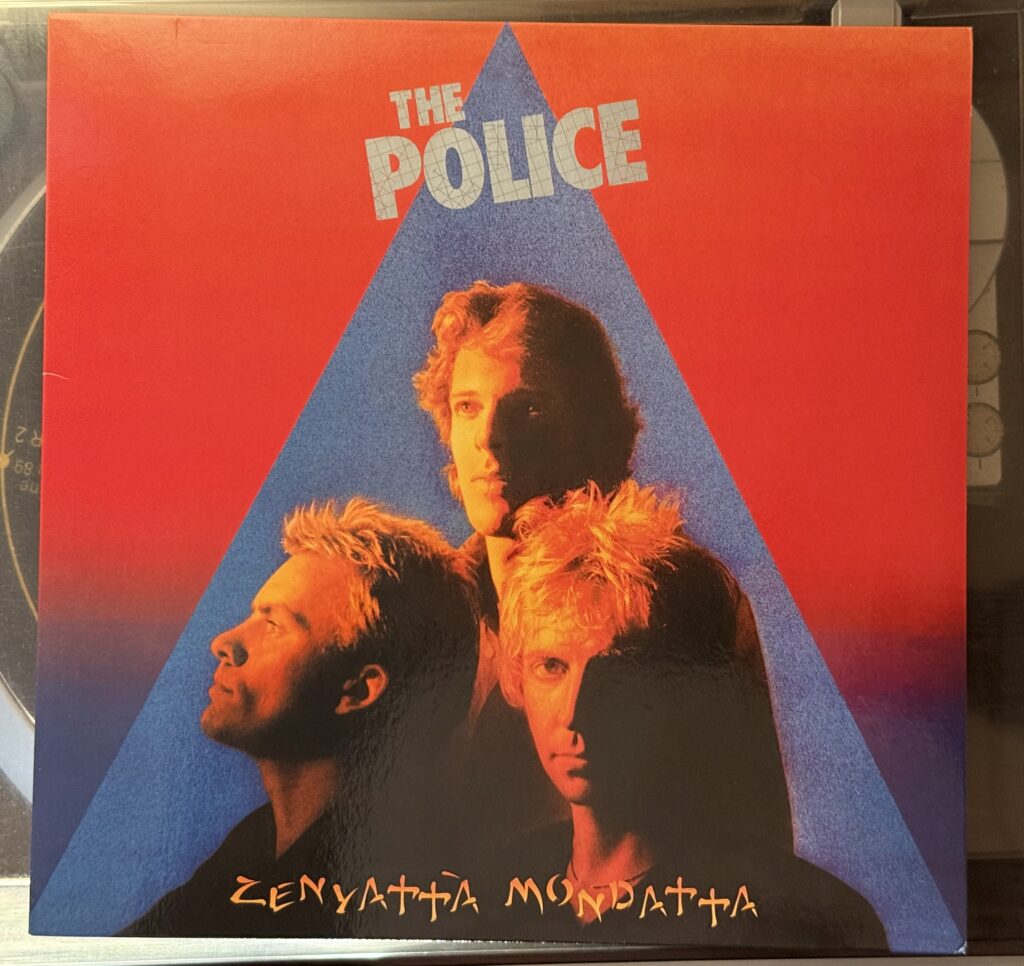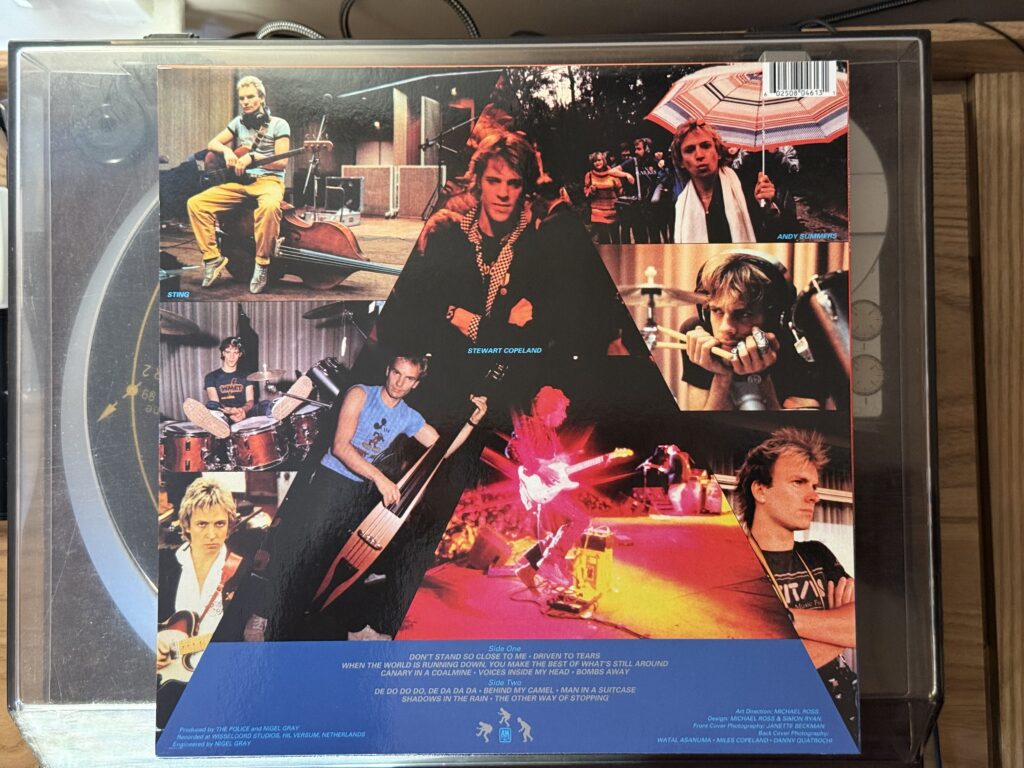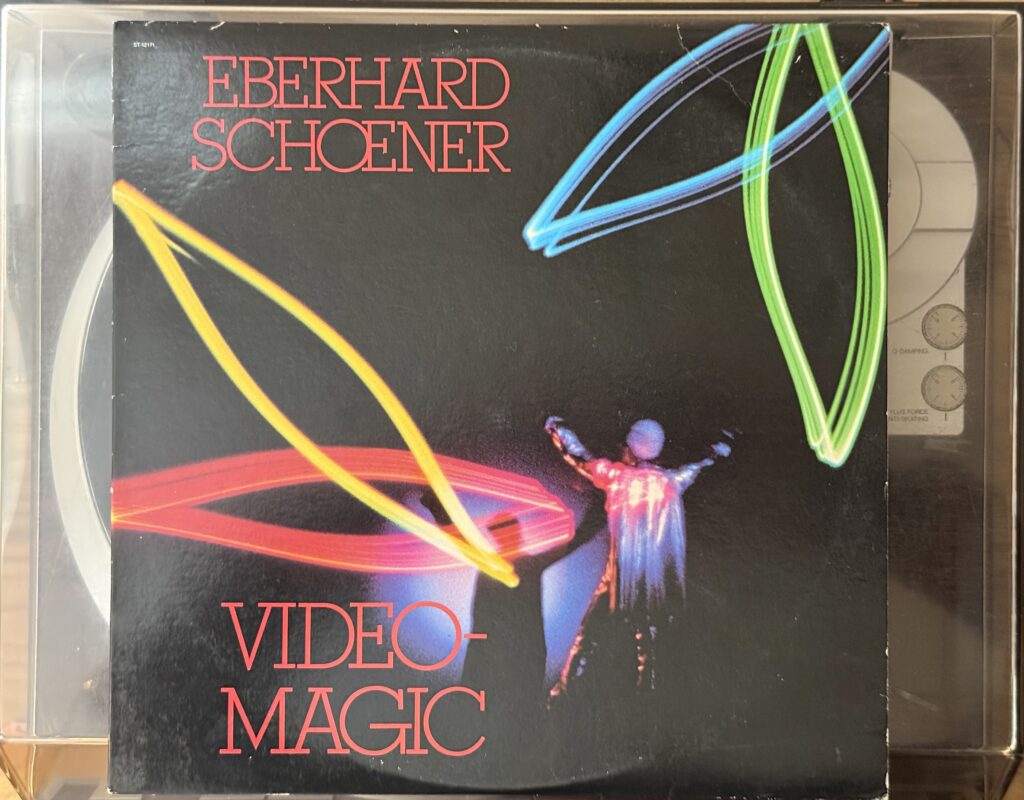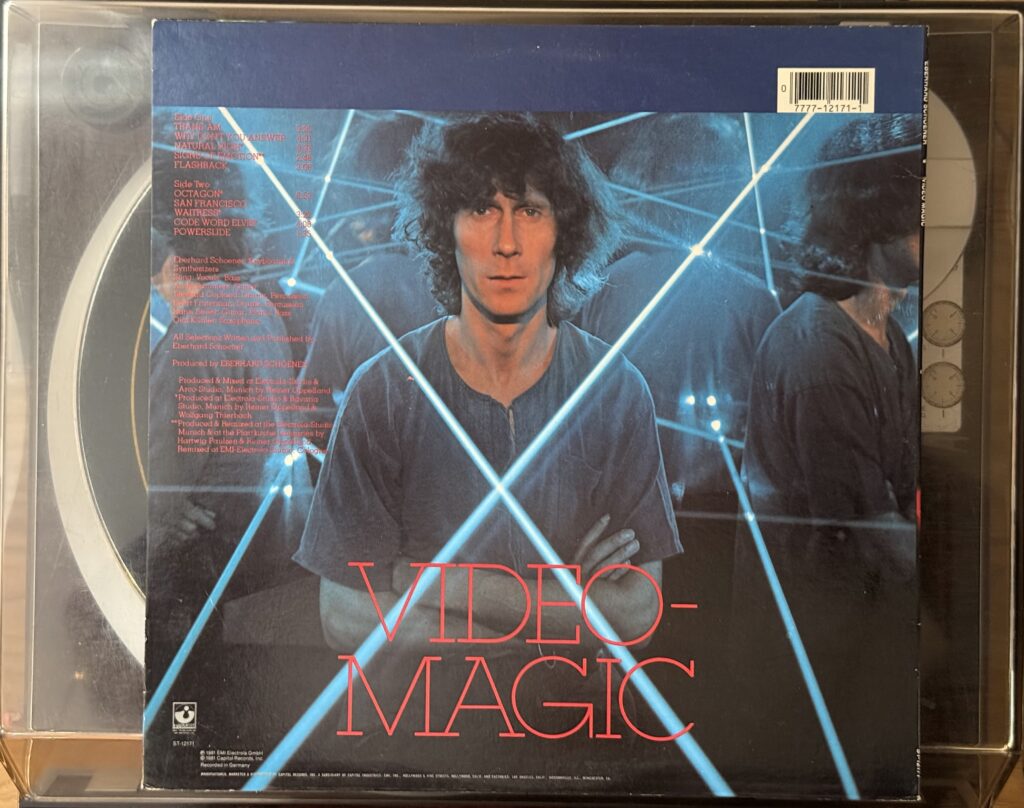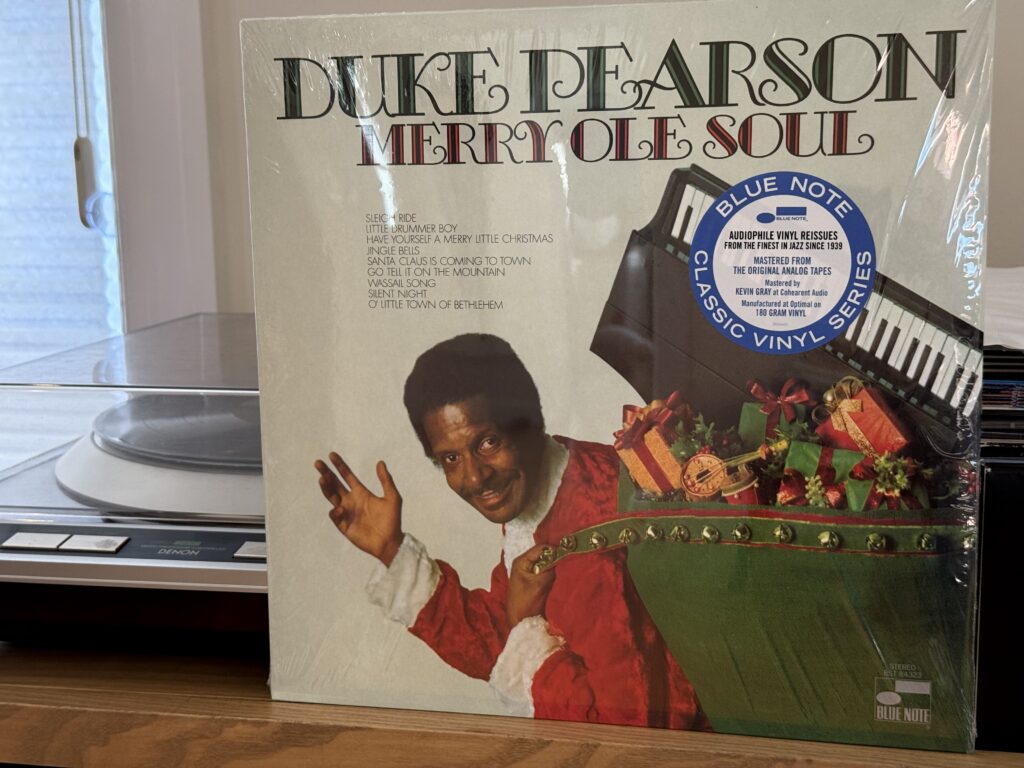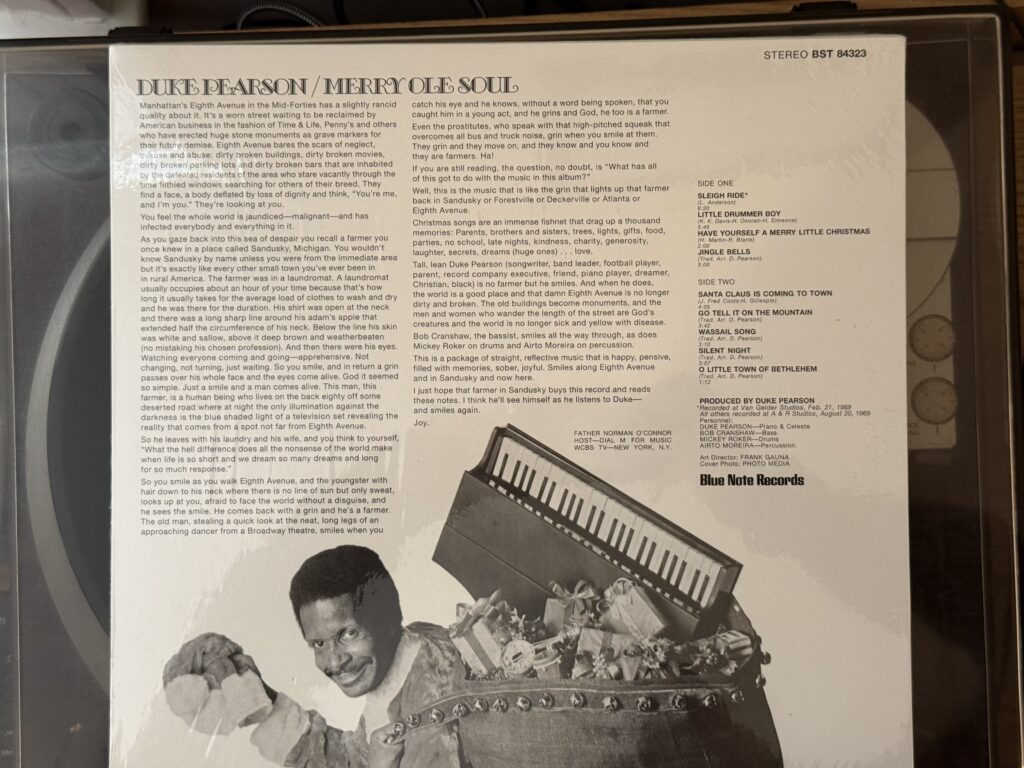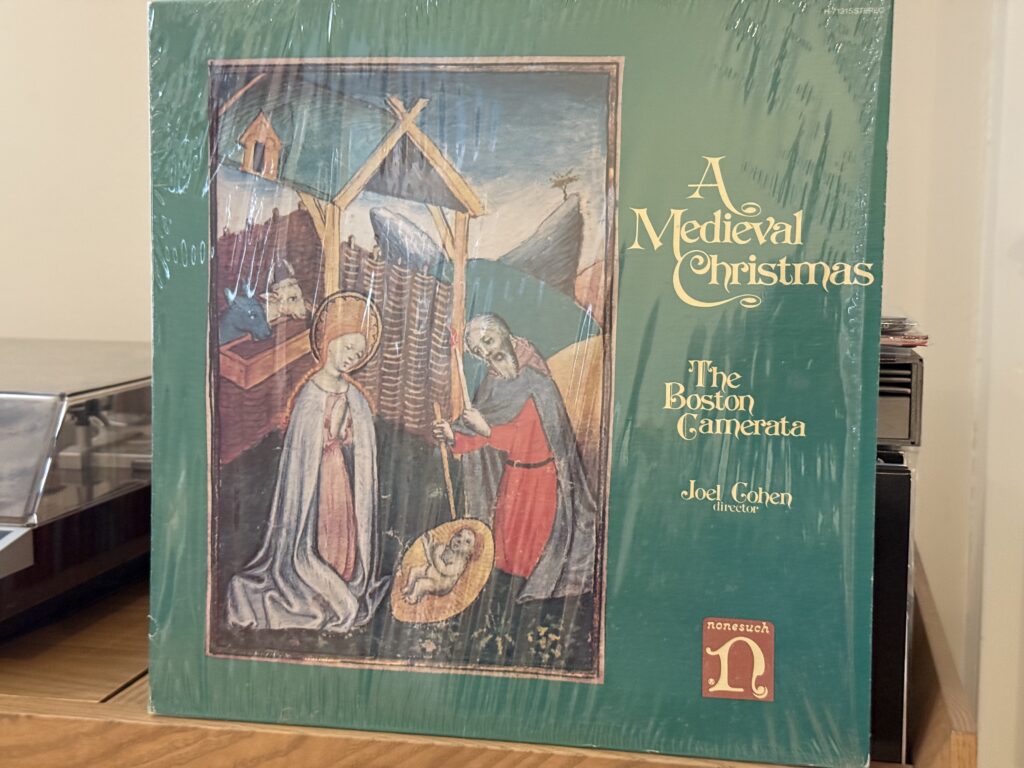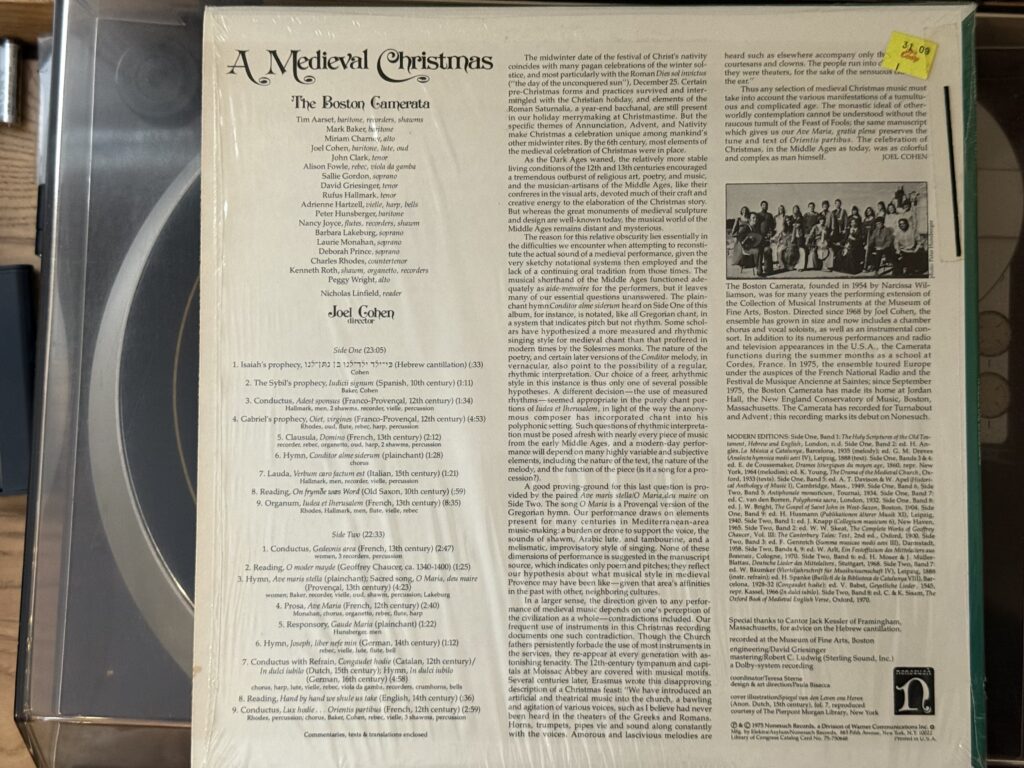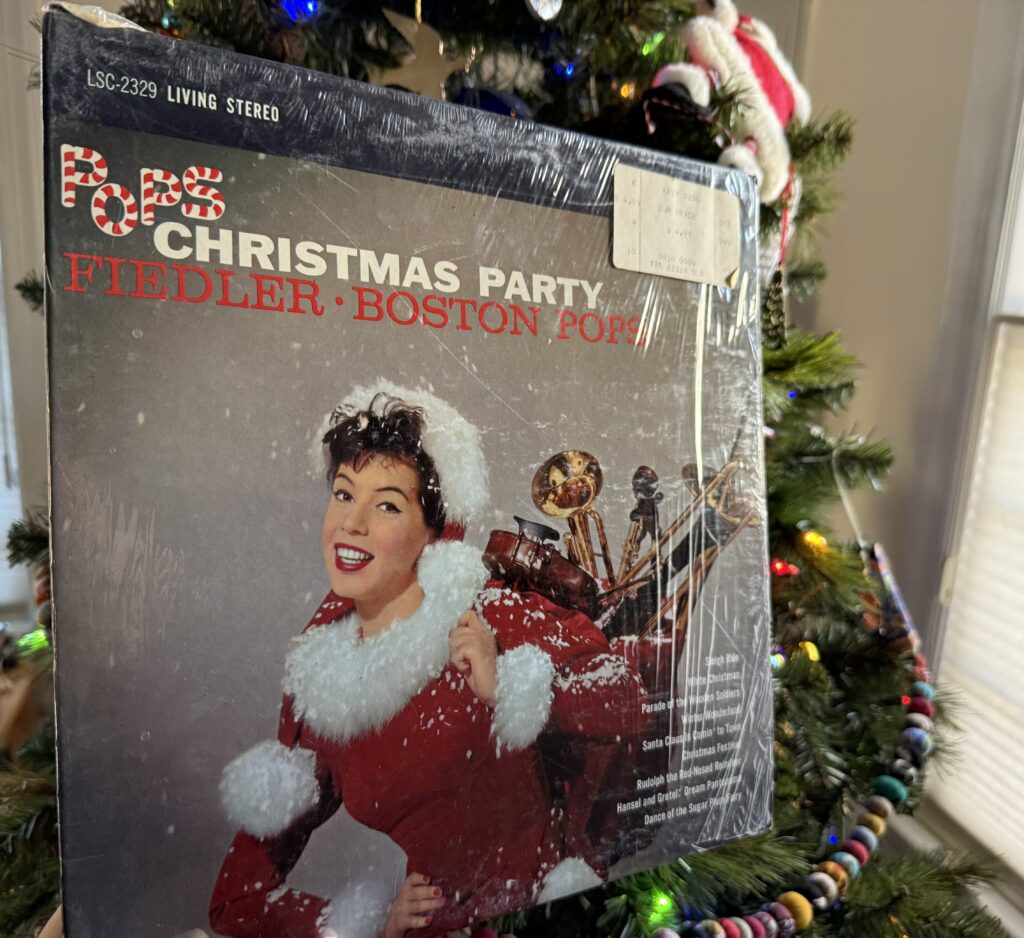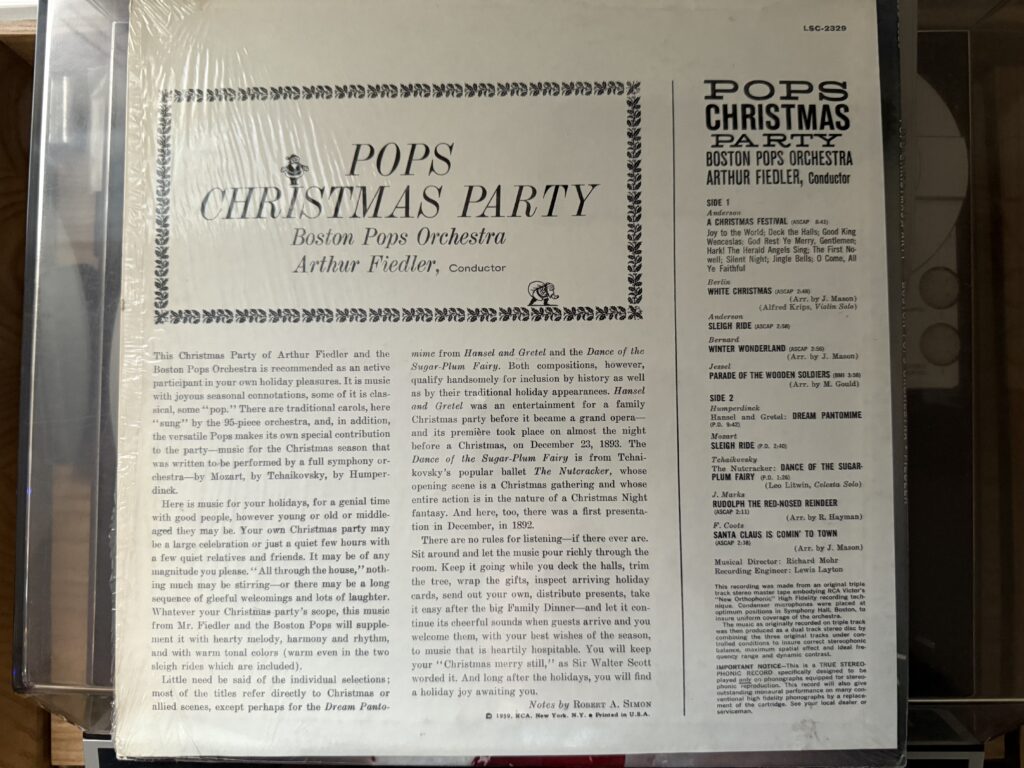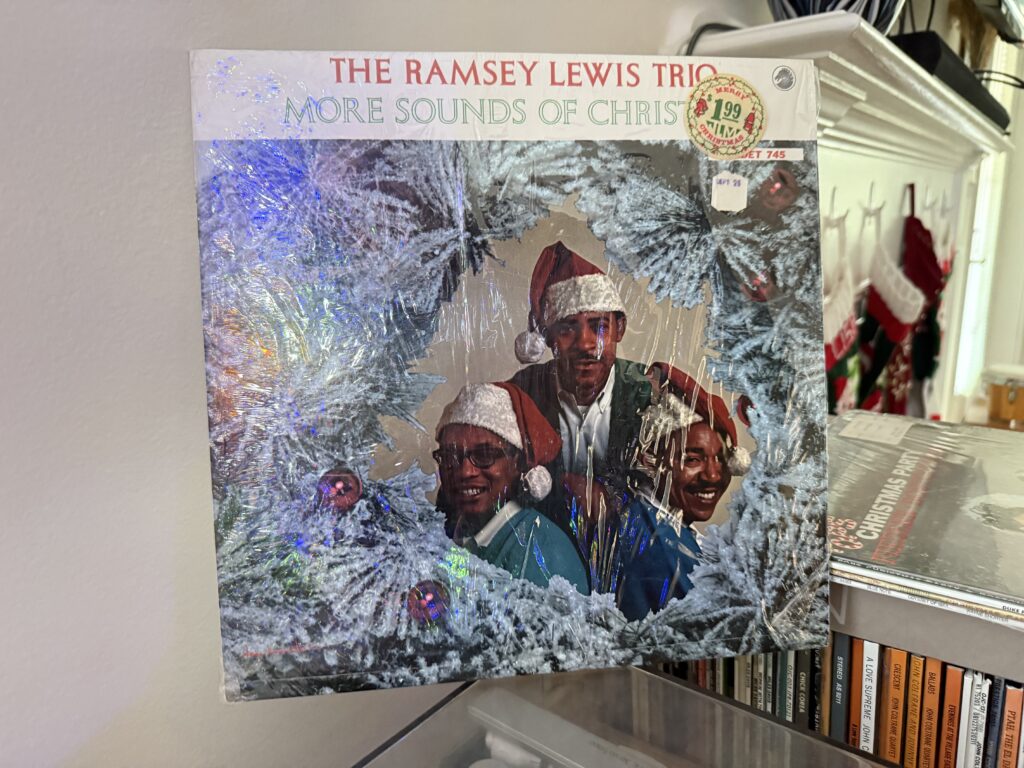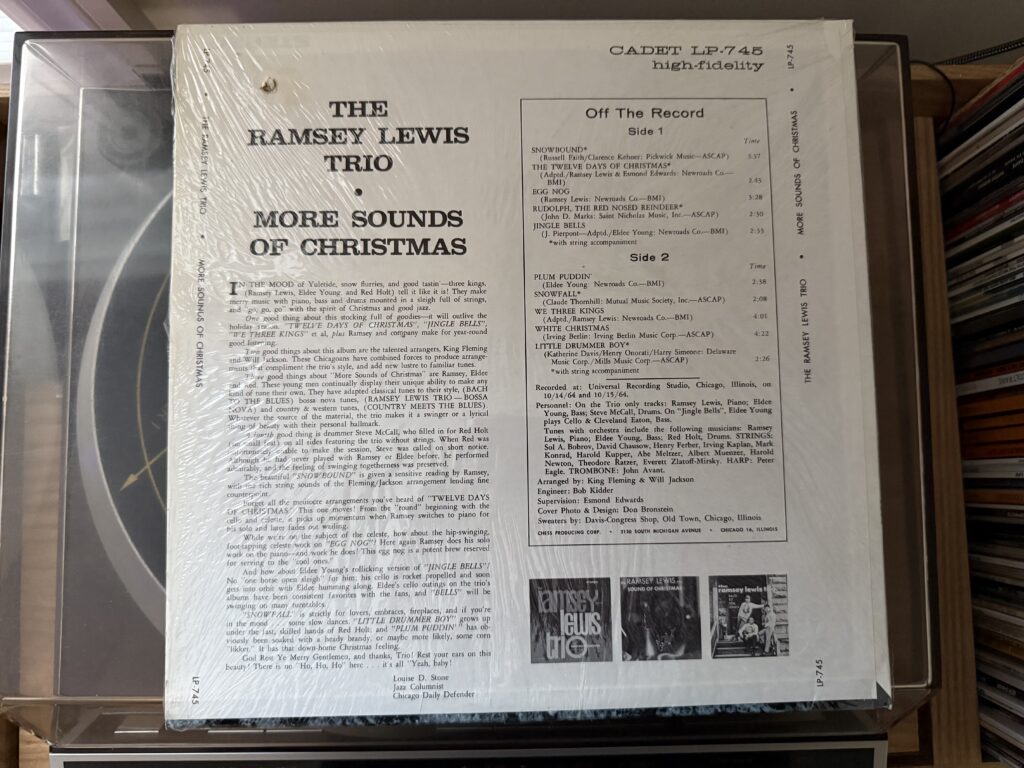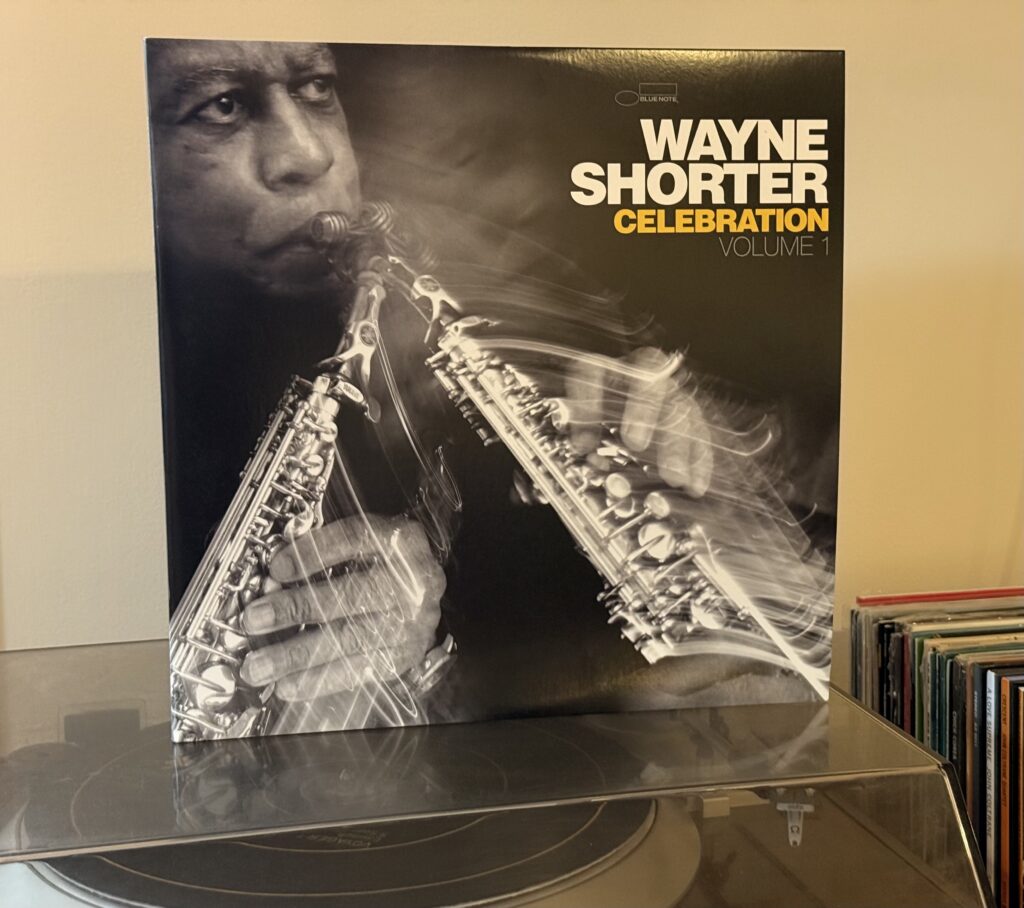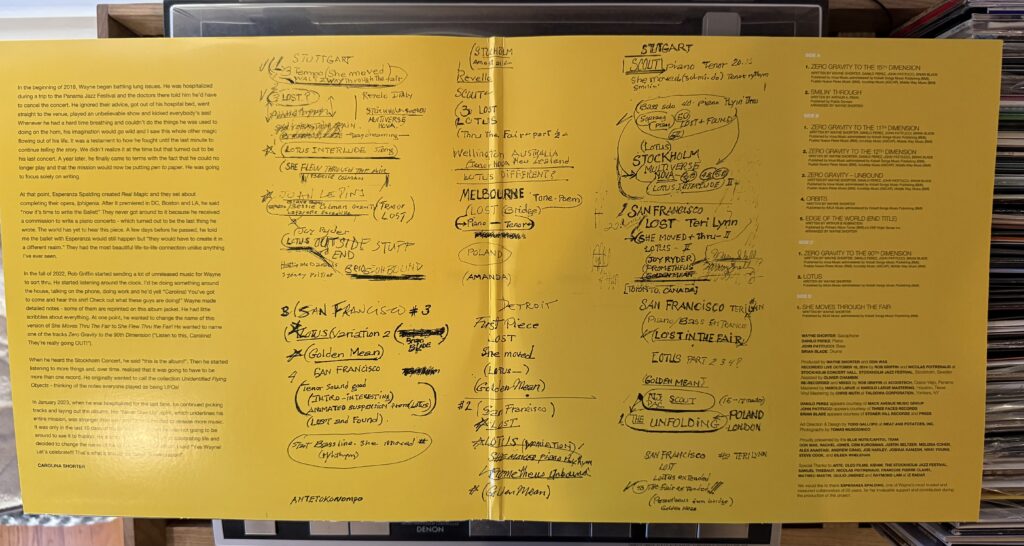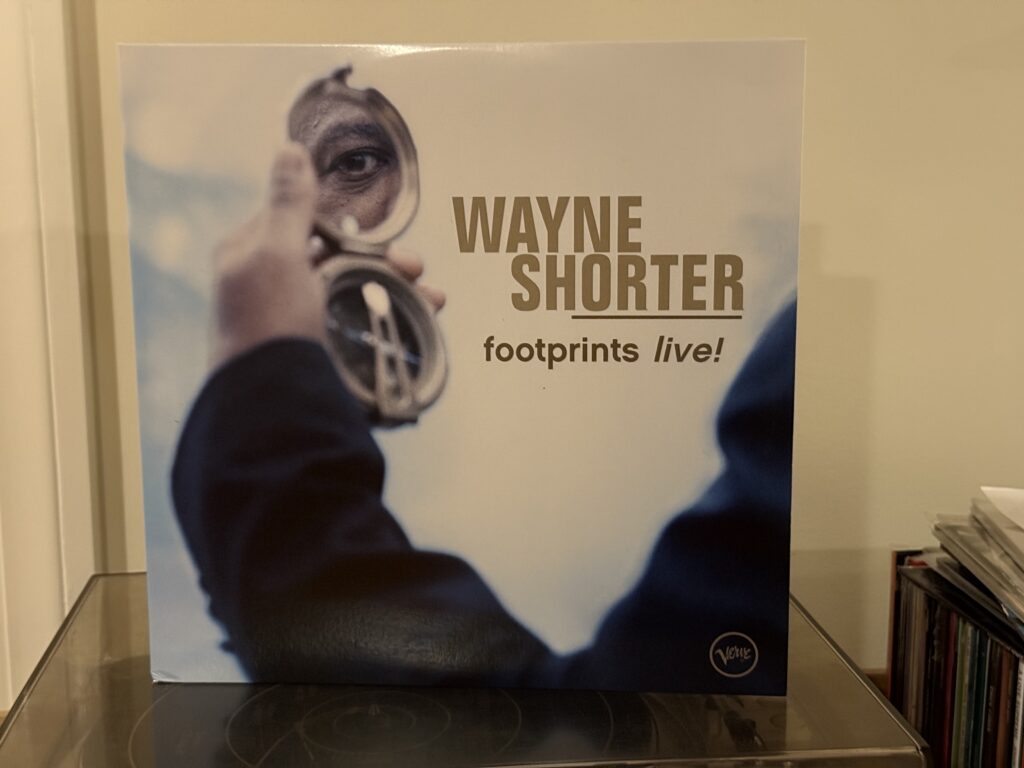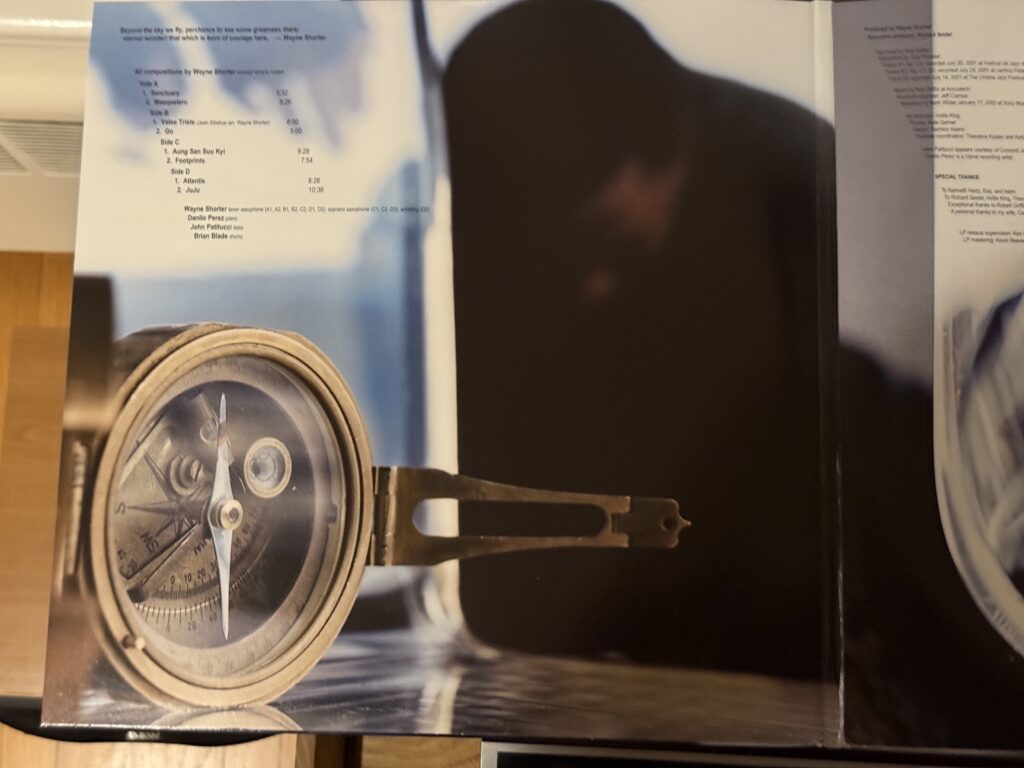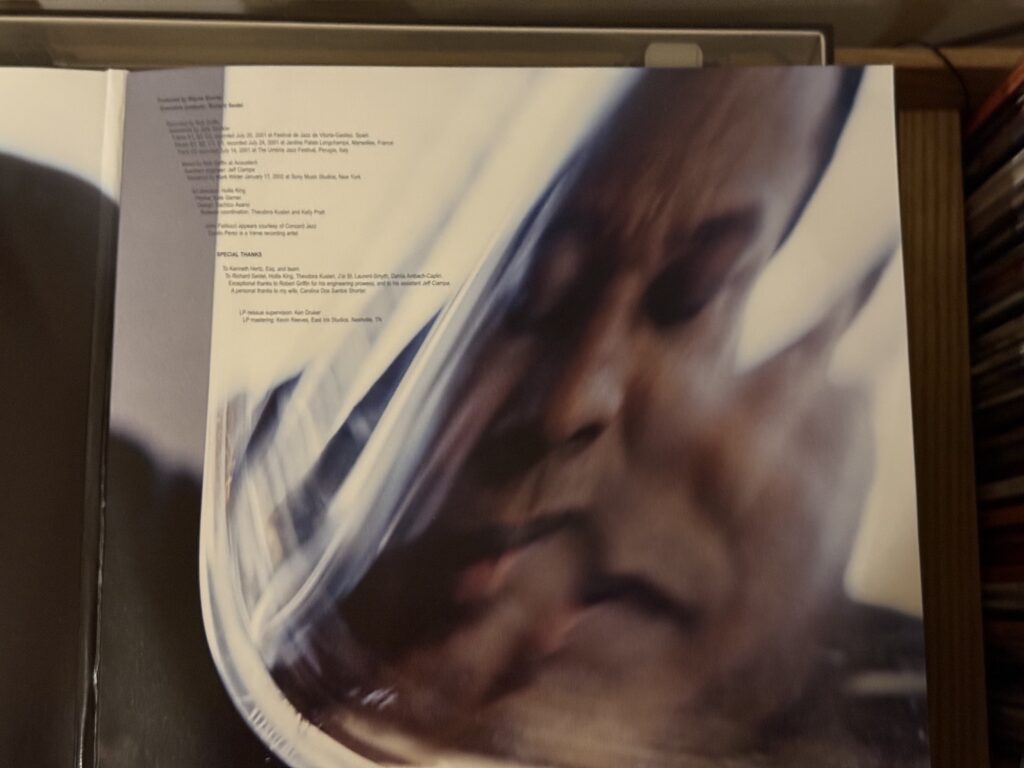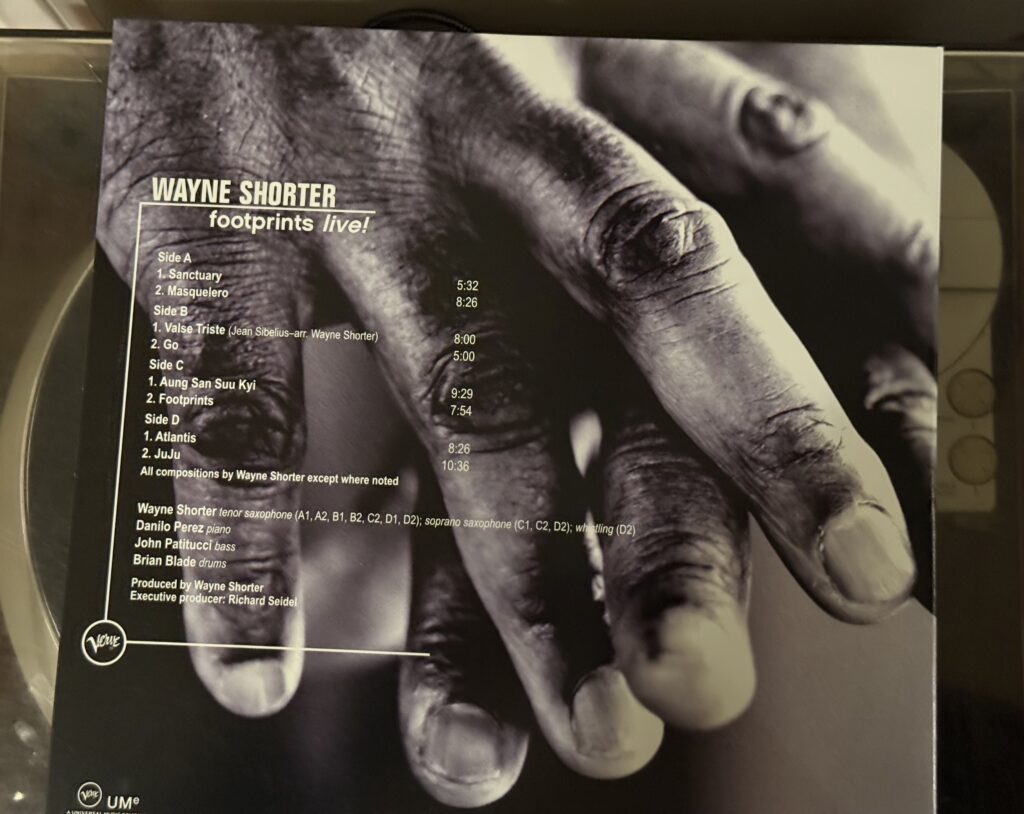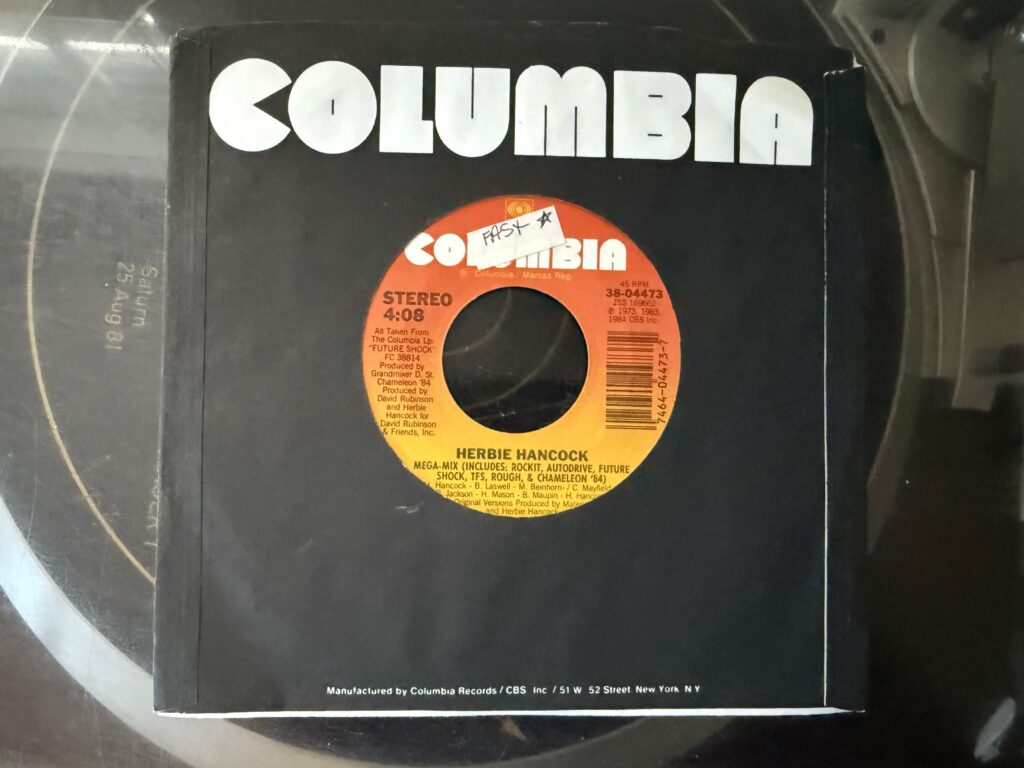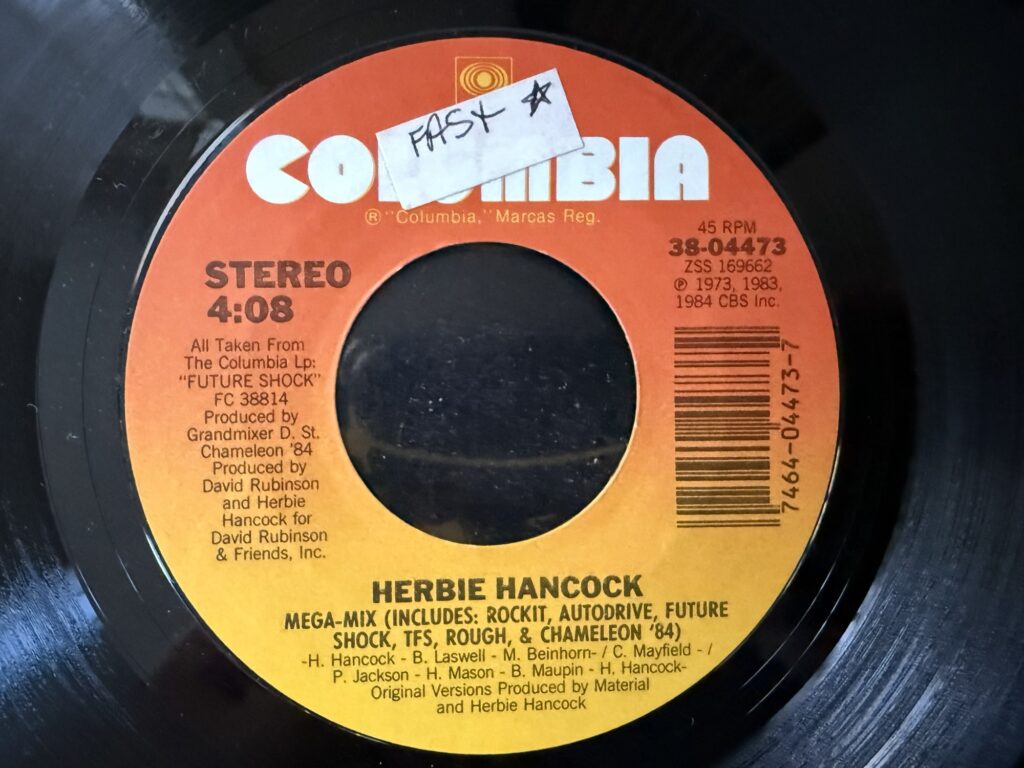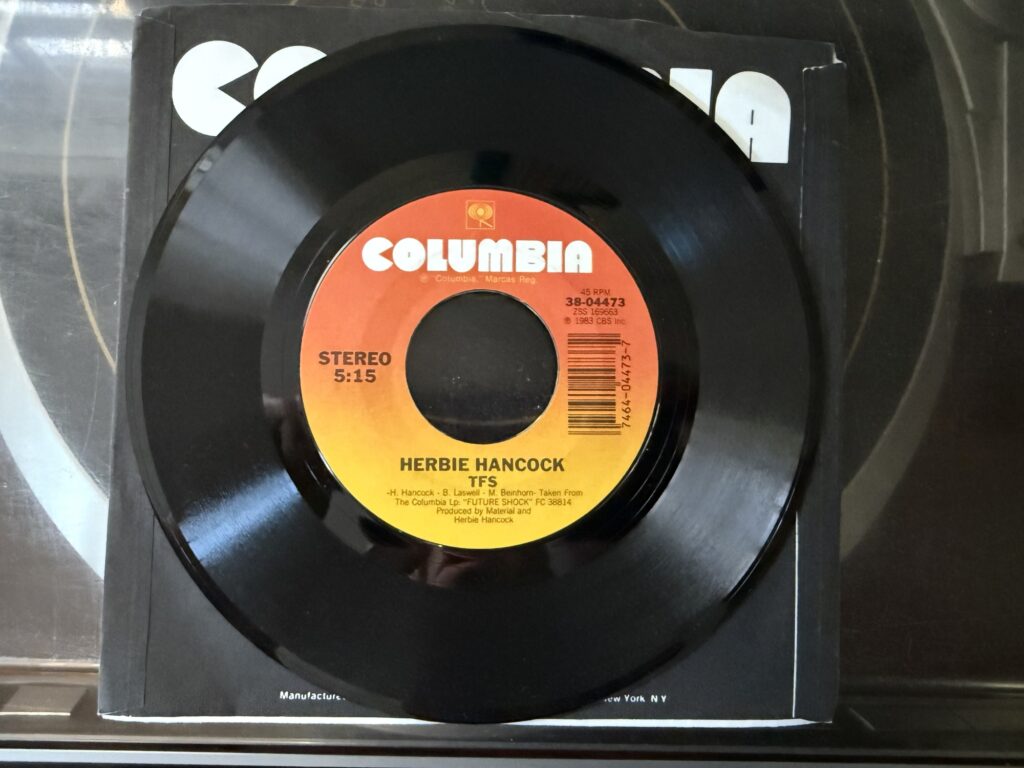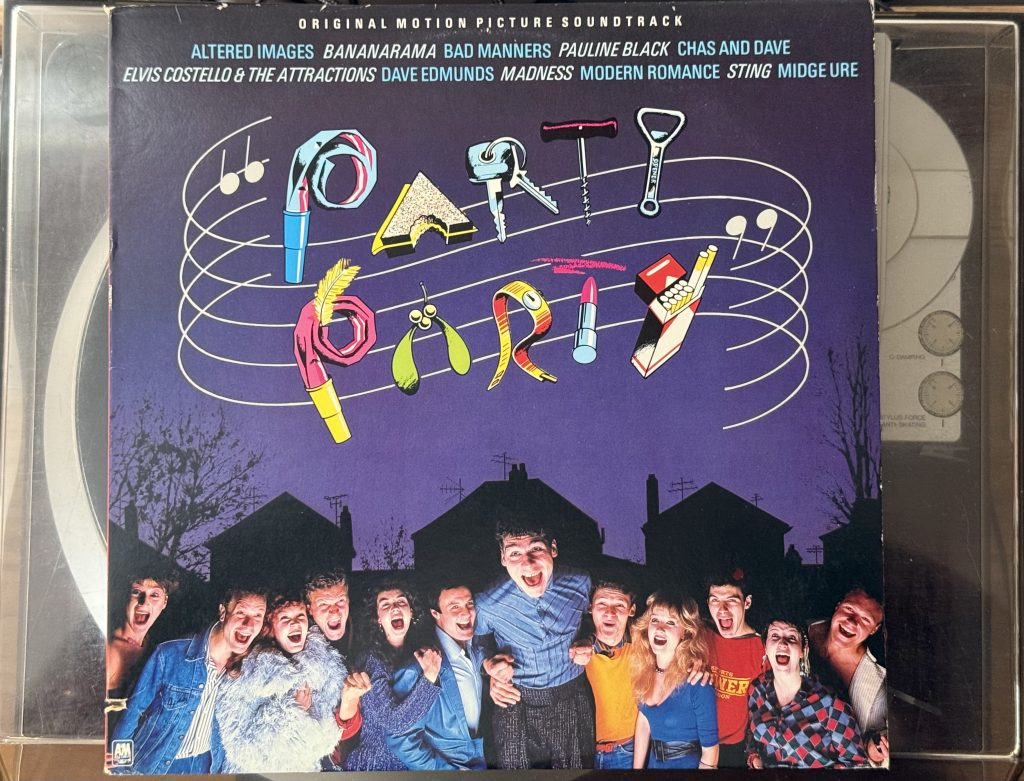
Album of the Week, February 15, 2025
Let’s cut to the chase. Why am I writing about an obscure British movie soundtrack in the middle of this series of posts about the Police? I have one good reason: Sting singing “Tutti Frutti.”
Now that I have your attention, let’s talk about movie soundtracks.
Movie soundtracks are profoundly strange, particularly if you never see the movie. There is presumably some underlying narrative or unifying conceit in a reasonably well made movie soundtrack, but rarely does the soundtrack by itself provide a clue as to what happens in that narrative (in this way, at least, Brimstone & Treacle was an exception to the rule). Or the musical selections may provide an idea of the aesthetic of the film; probably the best example of this is the soundtrack to any Wim Wenders movie (Wings of Desire or Until the End of the World).
Then there’s Party Party. A British comedy film in the style of John Hughes, most of the material on the soundtrack is cover songs—many of which are of 1950s rock’n’roll tunes, but some of which are of much later material—by a who’s who of early ’80s British pop artists, including Elvis Costello, Bananarama, Madness, and Sting. I can’t imagine a narrative that would string all these songs together, and my attention span long ago shortened beyond my ability to sit and watch a movie from start to finish. So we’ll have to take the material on the soundtrack solely on its musical merits. Whether this is advantageous to the material remains to be seen.
“Party Party,” by Elvis Costello and the Attractions, appears to have been written specifically for the movie; it doesn’t appear on any of the earlier albums or odds-and-sods collections. This was 1982, the year Elvis released Imperial Bedroom, so the band was at one of its career peaks of musical energy and the lyrics were at his acidic best: “The last thing I remember I was talking to some fellas/Then she said to me she’d have a word with her good-looking mate/And handed me a pint pot filled with Advocaat and Tizer/And I woke up in the flowerbeds of beer and fertilizer.” The sound of the song is baroque in the spirit of Imperial Bedroom but takes its point of departure from Motown rather than the Beatles, with a fantastic horn section over Bruce Thomas’s agile bass line and Steve Nieve’s boogie-woogie piano part. It’s a pretty great opener.
The movie Party Party is apparently set at Christmastime, judging from the next cover: Chuck Berry’s “Run Rudolph Run,” here covered by pub rocker and Nick Lowe collaborator Dave Edmunds. Edmunds always had a taste for 1950s rock and roll, and this faithful cover leans into that lane; it’s well made but not especially eye opening. At least the next cover takes some risks. “Little Town Flirt” was a Del Shannon number before Scottish new wave band Altered Images got hold of it, and you can hear the bones of the song but it’s fully transformed by Michael “Tich” Anderson’s Siouxsie and the Banshees inspired drums on the opening and by Clare Grogan’s adenoidal vocal, as well as the constant heartbeat of Johnny McElhone’s bass. The only part of the arrangement that hasn’t aged well is the cheap synthesizer line, but at least that updates the song.
Bad Manners was a “two-tone” and ska band, but you’d never really know it from this cover of the Coasters’ “Yakety Yak,” at least not the very end when the outro is transformed into a ska number. The saxophones do some mildly interesting things at the end of the verse, but otherwise there’s not much to talk about here.
That’s not true about “Tutti Frutti.” 1982 was not a year in which Sting had great fun, between the collapse of his first marriage and the tense partnership with the Police, so hearing him do a howling, hooting Little Richard impression is astonishing. It feels ungenerous to complain about such a performance, but I have to note that his vocals are not completely in the pocket; then again, neither is the pub rock band that backs him up. They’re convincing at the chugging undertone but don’t quite capture the manic energy of the original. Then again, Sting does a good job of making up for it, especially on the wordless third verse.
Bananarama’s version of the Sex Pistols’ “No Feelings” should feel out of place, given the twenty year jump forward from Little Richard, but the band invests it with a driving energy and just enough handclaps to underscore the 1950s flavor lurking beneath the sleazy punk surface of the original. The band’s vocals pull the song forward to the New Wave moment; you can imagine it being played on radio alongside the Go-Gos.
“Driving in My Car” by Madness is one of the other originals on the record, and was a hit for them on the UK Singles chart. Its energy is squarely in line with the New Wave moment, but the arrangement, with car horns and even dog barks, feels more like a novelty record. More successful is Modern Romance’s cover of R&B single “Band of Gold,” given an electro-pop makeover with synthesizers and Chic-esque guitar, along with the quintessential British New Wave vocals that somehow call to mind a little Erasure mixed with a touch of Duran Duran. It’s a lot of fun in a way that feels like a precursor to Wham!
Bad Manners makes up for the disappointment of “Yakety Yak” with “Elizabethan Reggae,” a piece with a complicated history. Beginning life as “Elizabethan Serenade,” a piece of light orchestra music originally performed by the Mantovani Orchestra, the 1968 reggae cover by Boris Gardiner and the Love People became a hit single. Bad Manners plays it as a straight ska number, and it’s a blast. The same, regrettably, cannot be said for Pauline Black’s version of “No Woman, No Cry.” Her vocal is fine, interesting even, but the leaden arrangement, particularly the joyless bass, take all the air out of the performance.
Sting’s “Need Your Love So Bad” is more successful. Here he proves adept at R&B balladry, displaying the wonderful flexibility of his lower range, and is able to overcome the unremarkable guitar (played by Micky Gee, the guitarist in Dave Edmunds’ band) in a convincing version of the bluesy song originally performed by Little Willie John. The backing vocalists (unfortunately uncredited) definitely help, as does the gospel-tinged piano. Sting knew the material well, having sung it in Last Exit, and he inhabits the pleading lovesickness of the narrator.
The big tonal shift on the second side is the Midge Ure cover of “The Man Who Sold the World.” Ure’s voice strongly recalls Bowie’s, and the late post-punk synths make for a good arrangement of the original, but it’s a complete left turn stylistically, presumably coming at the big plot climax of the movie (I love you, my readers, very much, but I’m not going to spend time watching this movie to find out where the song comes in). The arrangement slowly falls away, leaving just the synths to take the song out. It’s a pretty great cover, just a strange choice here. Chas & Dave’s version of “Auld Lang Syne” returns us to the 1950s-esque world of the rest of the soundtrack with a rockney (their word – Cockney rock) cover of the New Years Eve favorite.

There are a lot of inessential soundtracks out there, but sorting through the chaff can occasionally bring some reasonably good wheat to the surface. Sting’s tracks are probably the best reason to check this album out, but the title track is a great find for fans of Elvis Costello and the Attractions, and “Elizabethan Reggae,” “Band of Gold” and “The Man Who Sold the World” are all highly successful covers. Not a bad strike rate, on the whole. Thankfully Sting had bigger horizons that he was working toward, in the form of one more tensely-recorded record with the Police. We’ll hear that next week.
You can listen to this week’s album here:
BONUS: I may be too chicken to watch the movie, but it turns out that it’s on YouTube, so you can if you want:


